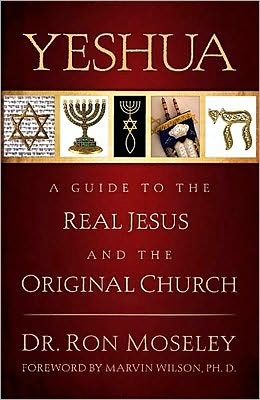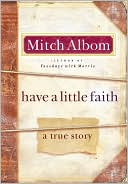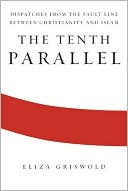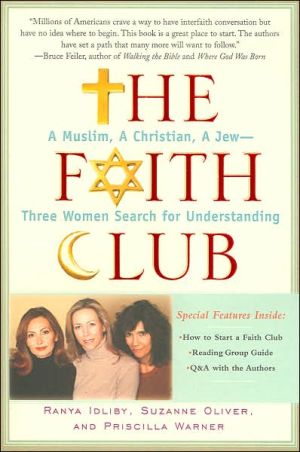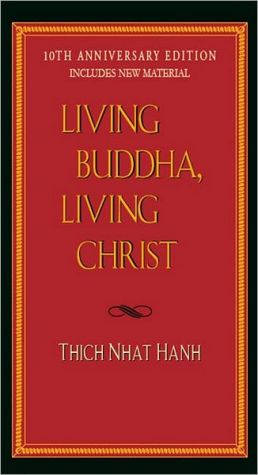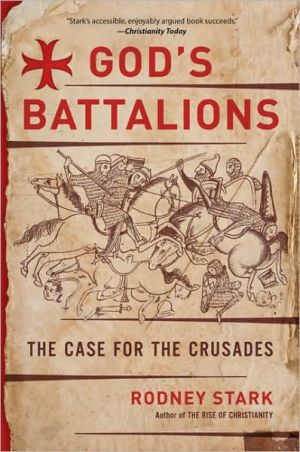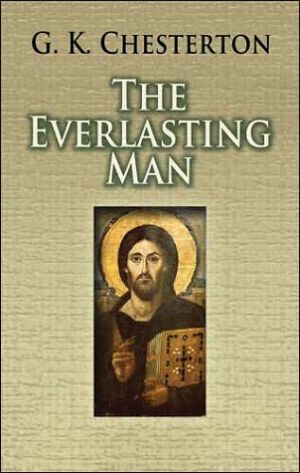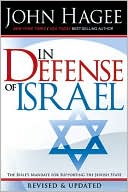Yeshua: A Guide to the Real Jesus and the Original Church
- The early leaders of the Christian Church were all Jewish\ - The original Church was organized around the pattern of the Jewish synagogue\ - Yeshua (Jesus) used numerous Jewish idioms in his teachings and was, perhaps, a Pharisee himself\ \ [P]revious histories have generally left out the Jewish factor. By beginning their research with the later second- and third-century Church, after it became predominantly a Gentile organization, they have lost the history of the first hundred years and...
Search in google:
(Excerpted from Chapter One)\ The Influence of the Synagogue On the Organizational Structure of the Church\ Since the Hebrew Christians were not completely removed from Jerusalem until well into the second century, for its first one hundred years, the Church remained very much a part of first-century Judaism, and its leaders stayed involved in many Jewish affairs. There was no immediate split from the synagogue, as evidenced by Jesus' warning that some synagogues would punish His followers for preaching a different brand of Judaism (Matthew 10:17). We know that this scourging by synagogue leaders was not an abnormal part of normative Judaism since it is mentioned a number of times in early rabbinical literature.\ The structure of the local synagogues was carried over directly into the structure of the early Church. A president, deacons, a precentor (song leader), and teachers can all be found in both the synagogue and the early Church. We know from early sources that there were between 394 and 480 synagogues in Jerusalem during the first century, one being located within the precincts of the Temple itself. This is undoubtedly why the early pattern of the Church had its origins in the Jewish synagogue. Note the following similarities between the ancient synagogue and the early Church.\ The principle leader of a synagogue was the nasi or president. In the Christian congregation, the leaders were still called president rather than pastor, as late as A.D. 150, by such non-Jewish writers as Justin Martyr. In the synagogue structure, three of these leaders would join together to form a tribunal for judging cases concerning money, theft, immorality, admission of proselytes, laying on of hands, and a host of other things mentioned in the Sanhedrin section of the Mishnah.\ These men were known as the "rulers of the synagogue" because they took on the chief care of things, a title mentioned several times in the teachings of Jesus (Mark 5:3 and Luke 8:41). This practice was still in use among the Gentile congregations at Corinth under the apostleship of Paul, where he spoke of the court within the congregation (1 Corinthians 6:1-2).\ The "nasi" was the administrator of the synagogue, and we know that James, the half-brother of Jesus, was the "nasi" of the early Church at Jerusalem Early documents such as the Didache suggest that the churches in Asia Minor and Greece treated the Church at Jerusalem with much the same authority as the synagogues did the Sanhedrin.\ There also was a public minister of the synagogue called a chazen who prayed, preached behind a wooden pulpit, and took care of the general oversight of the reading of the Law and other congregational duties. He did not read the Law, but stood by the one who did, to correct and oversee, ensuring that it was done properly. He selected seven readers each week who were well-educated in the Hebrew Scriptures. The group consisted of one priest, one Levite, and five regular Israelites (Luke 4:16). The terms overseer of the congregation, angel of the church, and minister of the synagogue all referred to this position.\ There were also three men known as almoners or parnasin who cared for the poor and distributed alms and were expected to be scholars of the Scriptures. Since they were also known as gabbay tzedikah, it may be from this function that we get the modern term deacon. Some scholars hold that it was from these seven, the president, the ruler, the overseer, the chazen, and the three parnas, that the idea of selecting "seven good men of honest report, full of the Holy Ghost and wisdom" came about (Acts 6:3). These men were appointed over the business affairs of the Church so the apostles would not have to be distracted from their study of the Scriptures and prayer.\ In Jewish literature the question is asked, "Who is a scholar worthy of being appointed Parnas?" The answer is: "He who is asked about a law from any source, and is able to give an answer." In modern times the Jews use this term to refer to a lay person, who is also called an elder.\ Another function in the ancient synagogue was the shaliach, or announcer. From this position we get the term apostle, meaning one who is sent forth to announce the gospel, a role equivalent to that of our modern missionaries. There was also the maggid, a migratory evangelist of the first century who spoke to various congregations, and the batlanim, a scholarly teacher who was either independently wealthy or on some type of support so he would be available to provide the congregation with accurate academics and answers. There had to be at least ten batlanim in every congregation of one hundred and twenty members. There was even a tradition that a synagogue service could not commence without ten men present. Jesus may have been referring to this tradition when He said, "Where two or three are gathered in My name, there am I in the midst of them" (Matthew 18:20).\ Next, there was the zakin, a word meaning "old," more in the since of maturity than age. This person provided counsel to the people and was similar to a modern-day pastor or elder. In Judaism, those who had reached the age of forty were considered to have attained understanding, and those who were over fifty were considered worthy to counsel the younger people. The rabbi was a prophet after the manner of the post-exilic prophets of Judaism. He carried the responsibility of reading and preaching the Word and exhorting and edifying the people (1 Corinthians 14:3). There was also the interpreter, known as the meturganim. This was a person skilled in languages who stood by the one reading the Law or teaching in a Bet Midrash (a house of study) to interpret into the lingua franca of that day the Hebrew that was being spoken. The use of an interpreter goes back to the time of Ezra, when the interpreter was said to have added the meaning. The Talmud gives many details of the interpreter's duties in the synagogue.\ It is from this concept that we understand Jesus' words, "What you hear in the ear, preach on the housetops" (Matthew 10:27, NKJV). This phrase was easily understood by those who were familiar with the system of study in the Bet Midrash, where the teacher would literally speak the message in the interpreter's ear, who would then shout it out to others, both inside the classroom and out.\ Jewish Customs In the Early Church\ Besides the organizational structure of the early Church having its roots in the synagogue, many of its customs were also Jewish. All of the initial Christians were either Jews by birth or by conversion, and apparently there were no Gentile members for at least the first ten years. This conclusion is implied by several texts, including Acts 10, where, approximately ten years after His ascension, the Lord had to instruct Peter three times to go into the house of a Gentile. This strongly suggests that the Jewish Church had been meeting house to house and breaking bread only in Jewish homes up to that time (Acts 2:42-26). Furthermore, when Peter entered the house of Cornelius, he explained to his household that he still understood it to be unlawful for a Jew to enter the house of a non-Jew (Acts 10:28).\ Further evidence of the Jewishness of the early believers can be found in an incident recorded in Acts 21:20, an incident which occurred some twenty-five years after the Lord's ascension. When Paul returned to Jerusalem with some charitable contributions for the believers, he was told that during his absence many thousands of Jews had become believers, yet they continued to be staunch upholders of the Law.
PrefaceForeword by Dr. Marvin Wilson Introduction CHAPTER 1 Evidence of the Jewish Background of the Early Church CHAPTER 2 Jewish Idioms In the Teachings of Jesus CHAPTER 3 Misconceptions Concerning the Law CHAPTER 4 The Old and the New: Different Covenants? CHAPTER 5 The New In the Old and the Old In the New CHAPTER 6 The Pharisees and Their Influence on the Original Church CHAPTER 7 The Pharisees' Rise to Power CHAPTER 8 The Pharisees and Their Teachings CHAPTER 9 The Pharisees: Riding High Conclusion Glossary of Terms Bibliography Endnotes
